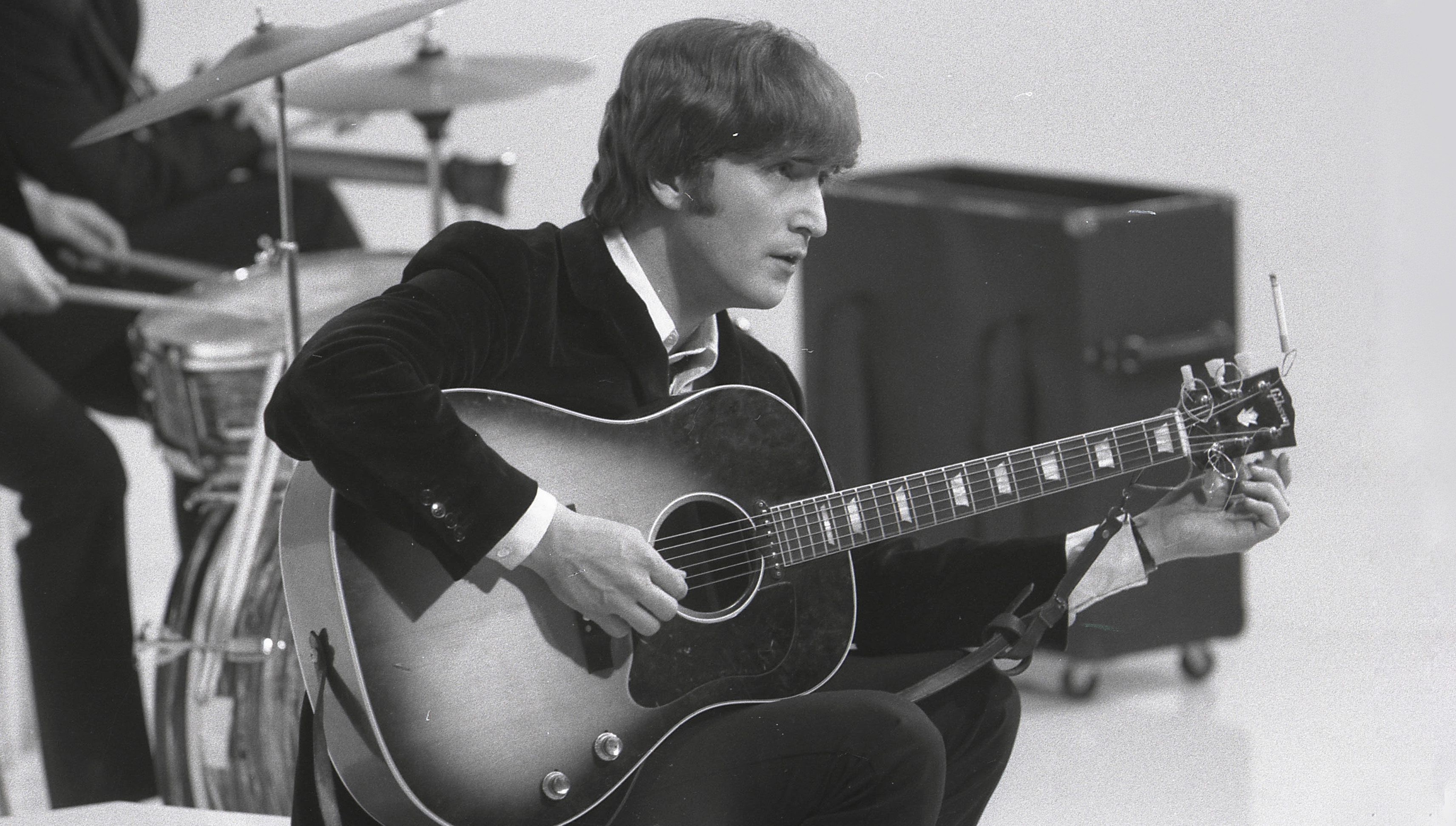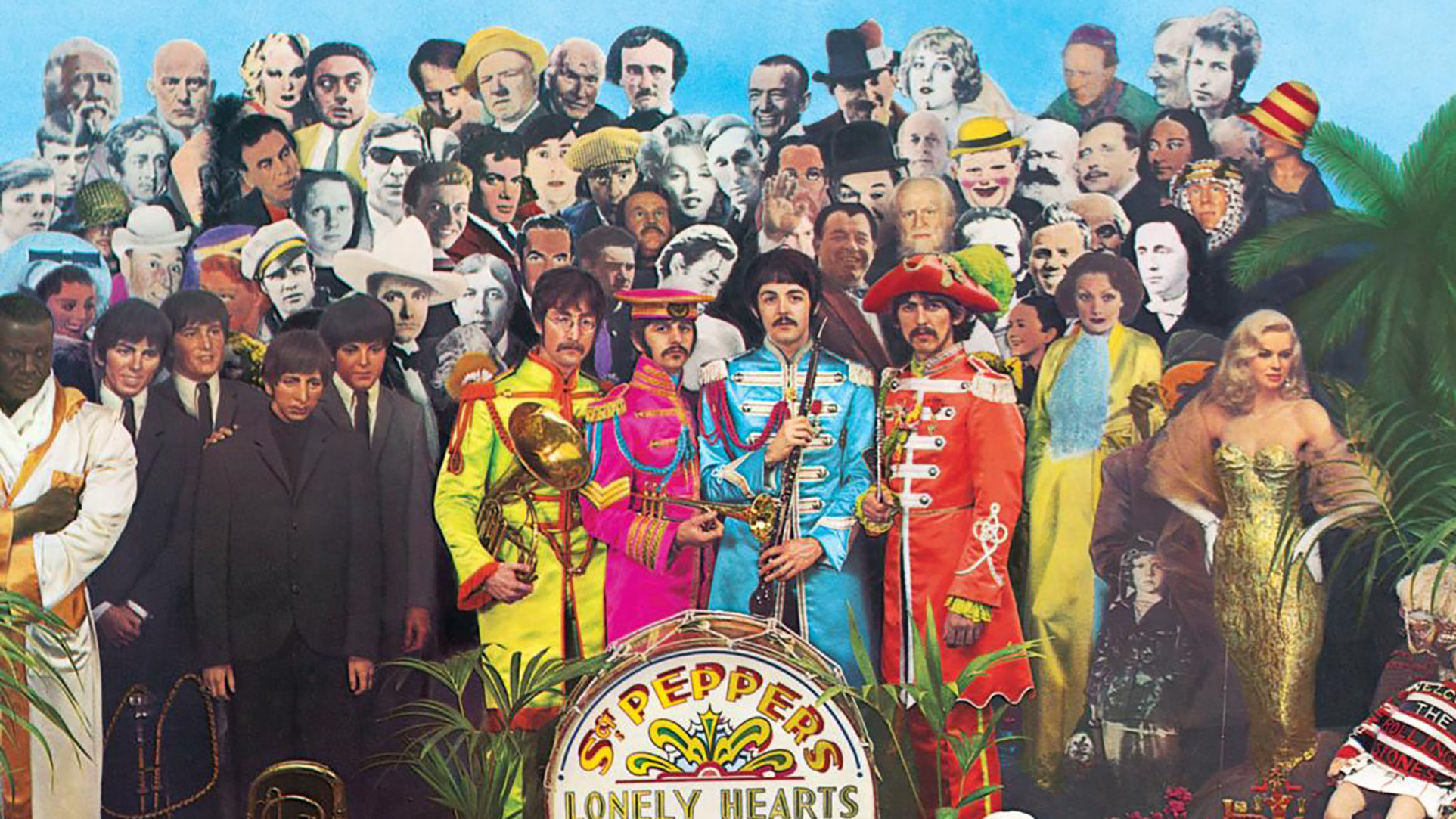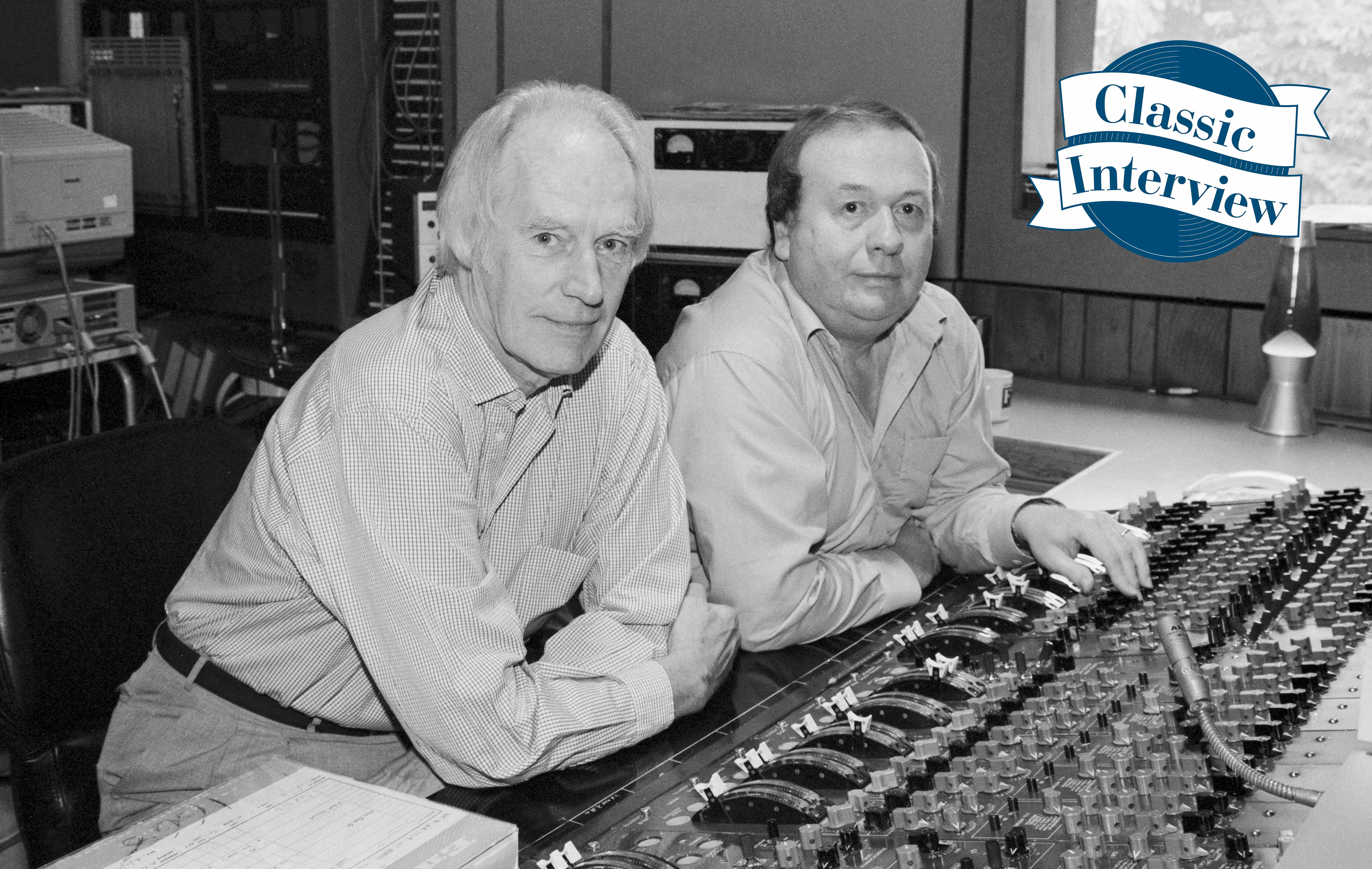
Today, we're looking back at the work of an undeniable musical genius on the sad anniversary of John Lennon's death. Also on this day, in 1966, the Fab Four began work on a new track, Strawberry Fields Forever...
In celebration of the life of one of the 20th Century's most important and influential artists, we asked you to nominate their favourite Lennon songs. Here's the top 10, compiled from your votes…
10. And Your Bird Can Sing (Revolver, 1966)
The breakthroughs and standards set on Revolver could fill a book. But even when The Beatles weren’t trying to best themselves - and Lennon would later refer to And Your Bird Can Sing as one of his “throwaways… fancy paper in a box” - they still came up with magic.
Guitar players particularly adore this rollicking, upbeat rocker for its twisting twin-guitar melody played by George Harrison and Paul McCartney. Basically, if you can nail this sucker, you’ve passed the audition. And for a splendid time guaranteed for all, check out the unused take (from the Anthology 2 CD) below in which John and Paul are giggling hysterically throughout.
9. Norwegian Wood (This Bird Has Flown) (Rubber Soul, 1965)
Lennon's opaque account of an affair from Rubber Soul has been the subject of much speculation over the years. What is beyond question, apart from the languid beauty of the melody, is that Norwegian Wood was a product of a period of transition for The Beatles.
A heavy Dylan influence saw Lennon begin to come of age as a lyricist, while the band's increasing experimentation in the studio meant that even this simple folk song was adorned with Harrison's hypnotic sitar, foreshadowing the spiralling psychedelia of Revolver the following year.
8. Lucy In The Sky With Diamonds (Sgt. Peppers Lonely Hearts Club Band, 1967)
Although Sgt. Pepper’s Lonely Heart’s Club Band was pretty much Paul McCartney’s baby, John Lennon’s contributions (such as on the mesmerising A Day In The Life) were crucial to its artistic whole. Lucy In The Sky With Diamonds, in fact, with its surreal, almost nursery rhyme lyrics about “cellophane flowers” and “newspaper taxis” seemed to sum up the Summer Of Love all on its own.
Widely assumed to be a reference to LSD because of its title, true Beatle obsessives know that the song originated from a drawing Lennon’s son Julian made which he called 'Lucy - in the sky with diamonds.' John quickly latched on to the phrase and created his ultimate sonic daydream.
The track changes both meter and keys and features The Beatles playing a variety of instruments (tambura, Lowrey organ). Lennon would later rail against the heavy production values on Sgt Pepper, but he must have had a soft spot for this number as he guested on friend Elton John’s cover in 1974.
7. Jealous Guy (Imagine, 1971)
If you've seen the new Beatles: Get Back three-part film you'll be reminded of the fact that Jealous Guy began life in India in 1968 as Child Of Nature, following the same Maharishi Mahesh Yogi lecture that inspired Paul McCartney's Mother Nature's Son. But it's history with the Beatles actually goes back further to The White Album.
While Mother Nature's Son made the cut for The White Album, Child Of Nature didn't, although Lennon continued to experiment with it well into the Get Back sessions. Following a complete lyrical rewrite, the song was eventually recorded as Jealous Guy and released on the Imagine solo LP in 1971.
Jealous Guy's apologetic lyric paints a picture of a reconstructed Lennon in stark contrast to the man who wrote "I'd rather see you dead, little girl, than to be with another man" in 1965.
6. Revolution (The White Album, 1968)
The B-side to Paul McCartney’s Hey Jude, John Lennon’s blistering Revolution formed what might be one half of rock’s greatest-ever single (with the closest contender being, ironically enough, Penny Lane/Strawberry Fields Forever).
Amid machine-gun-like distorted guitars and walloping drums, the song features Lennon firing off some of his most potent political salvos. As a flipside to Hey Jude, it’s a night-and-day dichotomy.
Originally, Lennon had wanted Revolution 1, the slower, horn-flavored version on The White Album, to be on the single, but McCartney and Harrison argued that it wasn’t worthy. Infuriated, and with everything to prove, Lennon gathered the band (along with Nicky Hopkins, who played electric piano) to cut this balls-out, uptempo single rendition, with guitars going direct into the recording console to the point of sonic overload (much to the dismay of engineer Geoff Emerick) creating that unforgettable fuzztone.
While the lyrics on Revolution 1 saw Lennon appearing to have it both ways - he sings “count me out/in,” when it came to destruction - on the rave-up single version, recorded just weeks later, he had apparently made up his mind, stating categorically that you could count him “out.”
5. Working Class Hero (John Lennon/Plastic Ono Band, 1971)
This stripped down moment from the Plastic Ono Band LP finds Lennon at his most Dylan-esque. While the mood echoes Masters Of War, Lennon's lyric has a timeless resonance that articulates the homogenisation of the working class individual better than any other pop songwriter either before or since.
"They keep you doped with religion and sex and TV / and you think you're so clever and classless and free / but you're still fucking peasants as far as I can see."
4. I Am The Walrus (Magical Mystery Tour, 1967)
Recorded just four years after the release of Please Please Me, popular music's most original song drags the listener through the looking glass into a lysergic wonderland.
Playground rhymes, police sirens, nonsense imagery, Allen Ginsberg, acid, Lewis Carroll and the desire to write something that defies analysis - "Let the fuckers work that one out!" - all inform a song that would be astonishing even as a solo acoustic piece. Then there's the outrageous arrangement and production to consider; even when measured by the standards set by The Beatles in 1967, this is way, way out there.
3. Strawberry Fields Forever (Magical Mystery Tour, 1967)
If Hey Jude/Revolution might be pop's greatest ever single, we're going to go out on a limb and say that Penny Lane/Strawberry Fields Forever is absolutely, categorically the high watermark for the pop single as art.
Like McCartney's glorious Penny Lane, Strawberry Fields Forever finds its writer immersed in nostalgia for his Liverpool childhood. Typically, Lennon's reverie is more introspective and psychoanalytical, they key line here being "No-one I think is in my tree / I mean it must be high or low," which sees the author acknowledging both his own social dislocation and the proverbial fine line between genius and insanity.
In production terms, Strawberry Fields is a stone cold psychedelic masterpiece for which George Martin and Geoff Emerick deserve huge credit, with Martin's brass and cello score and Emerick's editing scissors and varispeed control helping to translate Lennon's lucid dream into sound.
2. Imagine (Imagine, 1971)
Dozens of songs become anthems, but only a hallowed few are elevated to the status of worldwide treasures. John Lennon’s elegant and spellbinding plea for a planet in which all people “can live as one” tops the latter category - and will remain there for as long as this thing called music exists.
Over a gracefully played piano, tracked at his home studio in Tittenhurst, England (the Imagine album would mark the last time Lennon recorded in the UK), he conjures up a Utopian ideal in which all borders - religious, economic and governmental - are abolished.
Beyond its myriad musical charms, the most startling aspect of Imagine is the artist’s own self-assessment
Backed by Klaus Voorman on bass and Alan White on drums, Imagine comes alive with the lush but never overbearing string arrangement of Phil Spector, the legendary ‘Wall Of Sound’ producer who helmed Lennon‘s stark 1970 Plastic Ono Band disc. Beyond its myriad musical charms, the most startling aspect of Imagine is the artist’s own self-assessment: "You may say I'm a dreamer / but I'm not the only one.“
Lennon was famous for insisting that he wasn’t anything special, but Imagine is the work of a major creative force operating at the zenith of his powers.
1. Happiness Is A Warm Gun (1968)
It was a close and hard-fought race. A Day In The Life might have been voted the greatest Beatles song, but votes for it were discounted on the basis of it being very much a group effort with McCartney penning the middle section. Meanwhile, Paul and John argued over who composed In My Life's heartbreaking melody. So, the winner of our poll turns out to be something of an underdog, but one hell of a tune all the same...

Coming in at the top spot is arguably one of Lennon’s darkest and most unorthodox recordings, but one which is endlessly fascinating, revealing new facets with each listen.
Its title inspired by the front cover of a gun magazine, the song was banned by the BBC for Lennon’s intriguing sexual wordplay. For years, fans believed the track contained references to drugs (specifically heroin, which Lennon was using at the time), but he denied that claim.
Musically, Happiness Is A Warm Gun is notable for its frequent shifts in time signature. Talk about progressive rock: in just under three minutes the song contains tempos of 4/4, 6/4, 6/8, 9/8, 7/4 - you name it; it never repeats itself. John Lennon might never have studied music formally, but he was capable of providing an education for millions. And give it up for Ringo, who keeps the beat steady throughout.








